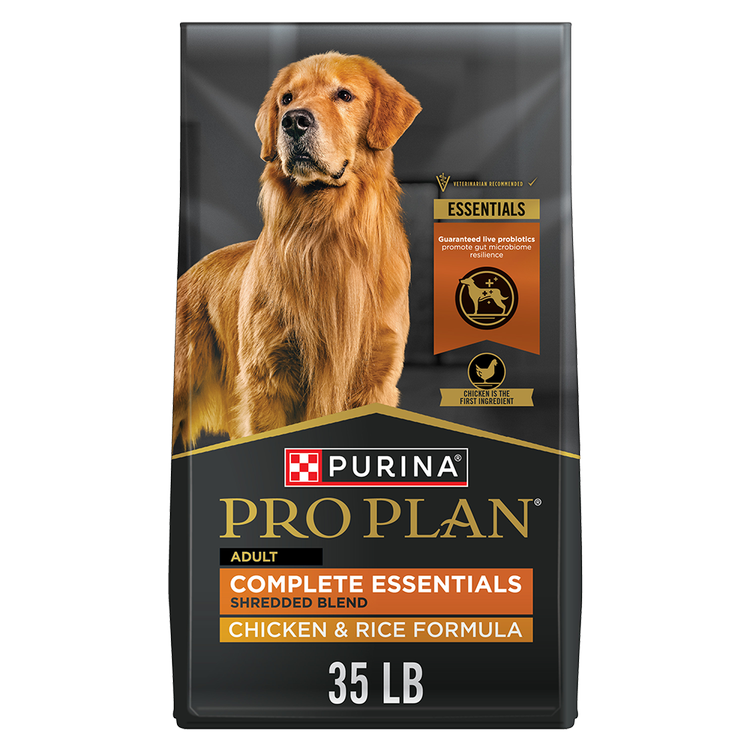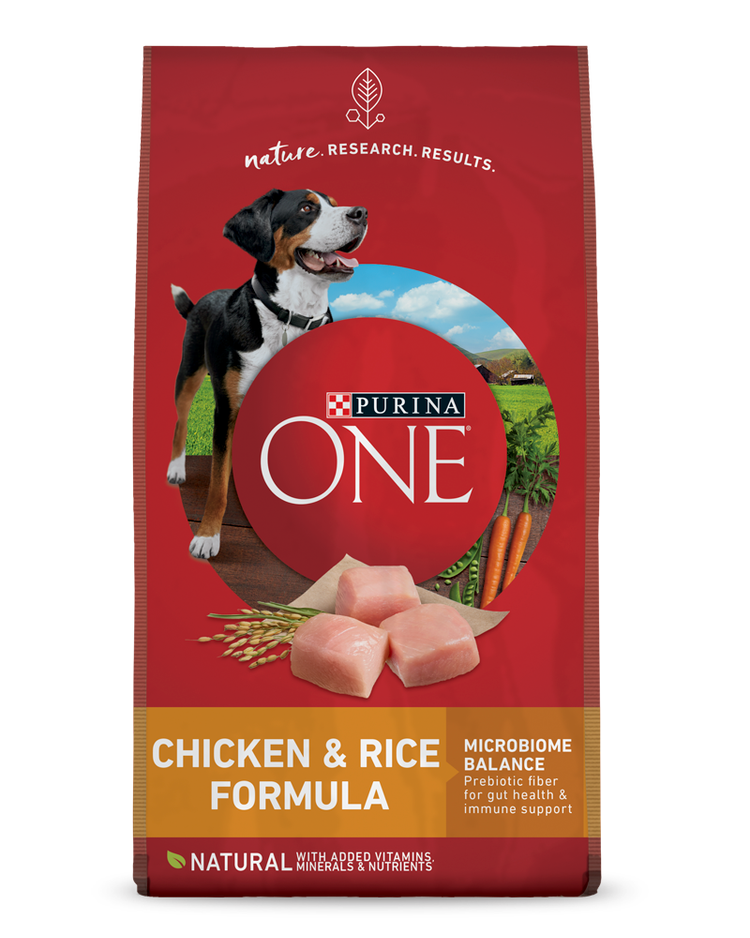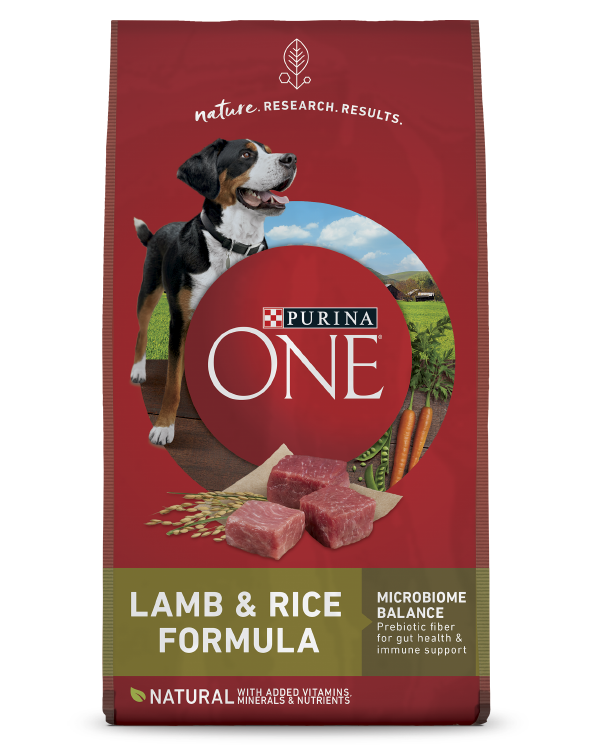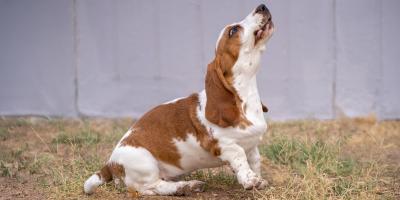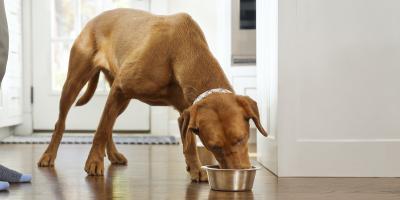Running With Your Dog: Getting Started


There are many benefits to getting active for both people and dogs. Studies have shown that having a workout partner helps people increase accountability, follow-through, and success in meeting health goals. And like humans, dogs enjoy mental health benefits from exercise, as well as physical benefits that help enhance canine performance and health, like increased lean muscle mass, reduced body fat, and more. Before you start running with your dog, here are some tips you’ll want to know.
1. Assess Your Dog’s Fitness Level
Age, breed and fitness level are important factors to consider when deciding on the best ways to exercise your dog. These factors should also help determine the length and duration of your runs together.
For example, puppies’ bodies and coordination skills are still developing; therefore, keeping the sessions short on more forgiving terrain like dirt, grass, and trails will help protect their growing bodies. After they reach skeletal maturity, walks and runs can gradually get longer and be held on sidewalks and asphalt.
2. Take Your Dog’s Breed Into Account
Toy and small breed dogs often seem highly energized and fast-moving. However, they might not have the endurance of medium-sized breeds like Australian Shepherds and Border Collies.
Many breeds developed for hunting and field trials, like Golden Retrievers, Vizslas and German Shorthair Pointers, can be excellent running companions with appropriate endurance training.
Giant breeds, like Great Danes and Irish Wolfhounds, often struggle with distance running due to their large skeletal stature.
Brachycephalic breeds, like Pugs and French Bulldogs, need special consideration as their short noses can make breathing a bit more difficult, particularly during exercise.
3. Be Prepared
There are many things to consider before you and your dog go out the door. Double-check your list to make sure you have it all.
- Collar and Leash/Harness: This will help you maintain control and keep your dog safe.
- Microchip and ID tag: These are super important in case your dog should slip off his leash or out of his harness.
- Poop bags: Be a responsible pet owner and clean up after your pet. The environment – and your neighbors – will appreciate it!
- Weather check: Heat and humidity can quickly deplete the energy and endurance of our dogs and on the opposite side, cold and snow can take some acclimation. Asphalt and sidewalks in the summer can become hot enough to burn their pads and ice in the winter can be slippery, so understanding the terrain you’ll be running on is critical to avoiding injury.
4. Food is Fuel
How well your dog excels outside depends on what’s fueling them inside. For the best dog food for active breeds to help power your dog’s runs, or the best puppy food for active dogs to get your new exercise partner off to a strong start, Pro Plan Sport formulas are worth consideration. They are specially formulated to fuel highly active dogs, with optimized nutrition to fuel age-appropriate strength and endurance plus amino acids to help with muscle recovery post-exercise.
5. Time Your Feedings
A dog’s stomach takes at least 4-6 hours to empty, so feeding your dog right before going for a run isn’t ideal. Also, allowing them time to cool down and relax after the exercise can help to avoid GI upset. Because of these potential issues, it’s advised you feed your dog a few hours before or after exercise.
6. Watch the Body Language
Lagging behind and slowing down are key signs your dog is starting to get tired. Dogs can’t sweat and they use panting and their tongues to exchange body heat. Watching the length and expansion of their tongue can be an indicator if they’re getting too hot. Having a water source for them can help keep them hydrated along the route and keep them cool in the process.
7. Give Them a Once-Over
Dogs have a higher pain tolerance than we do and can often keep running no matter what. That’s why it’s important to examine them from nose-to-tail after every exercise session. Make sure their feet are without burns, scrapes, or thorns, their fur is clean and without burrs or mats, and their eyes, nose, and mouth are clear.
8. Bring the Outside In
Lastly, hiking, walking, and running are great ways to physically engage your pet and offer a time to bond with them in the outdoors. If you can’t get outside due to inclement weather, you can still keep them active. Playing hide and seek can tap into their senses of hearing and smell. Practicing basic obedience skills like “sit” and “down” not only help reinforce good behavior but also can serve as strength work for them.
While our pets need physical activity, keep in mind that mental stimulation is important as well. So no matter what activity you’re engaging in, incorporating a “recovery walk” where they’re allowed to take in smells, stop and start at their own pace, and watch all the squirrels and birds will help keep them happy.
Every dog is unique and it’s important to talk with your veterinarian about any questions you may have about your specific dog.
Related articles

Reward Yourself with myPurina
Earn and redeem rewards for Purina products with the myPurina app.

